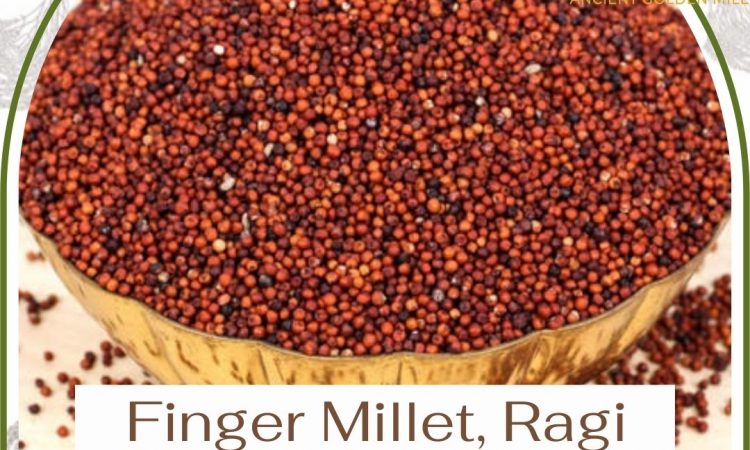raagi
finger millet
he nutrition values in a 100 g serving of ragi flour, according to the nutrient database of the U.S.D.A (United States Department Of Agriculture) are as follows:
Ragi Calories – 385
Macronutrients:
Total Fat 7%
Saturated Fat 3%
Polyunsaturated Fat 5%
Monounsaturated Fat 2%
Cholesterol 0%
Sodium 0%
Total Carbohydrates 25%
Dietary Fiber 14%
Sugars 2%
Protein 10%
Micronutrients:
Minerals:
Calcium 26%
Iron 11%
Potassium 27%
Vitamins:
Thiamine 5%
Riboflavin 7.6%
Niacin 3.7%
Folic Acid 3%
Vitamin C 7%
Vitamin E 4.6%
Ragi is, in fact, a favourable fibre rich Indian food, that serves as an alternative to other routine cereal and grain crops in the Indian diet regime such as rice, wheat or barley. It has the distinction of being a relatively rare plant source of crucial essential amino acids namely isoleucine, tryptophan, valine, methionine and threonine, thus complementing both vegetarian and vegan diets








